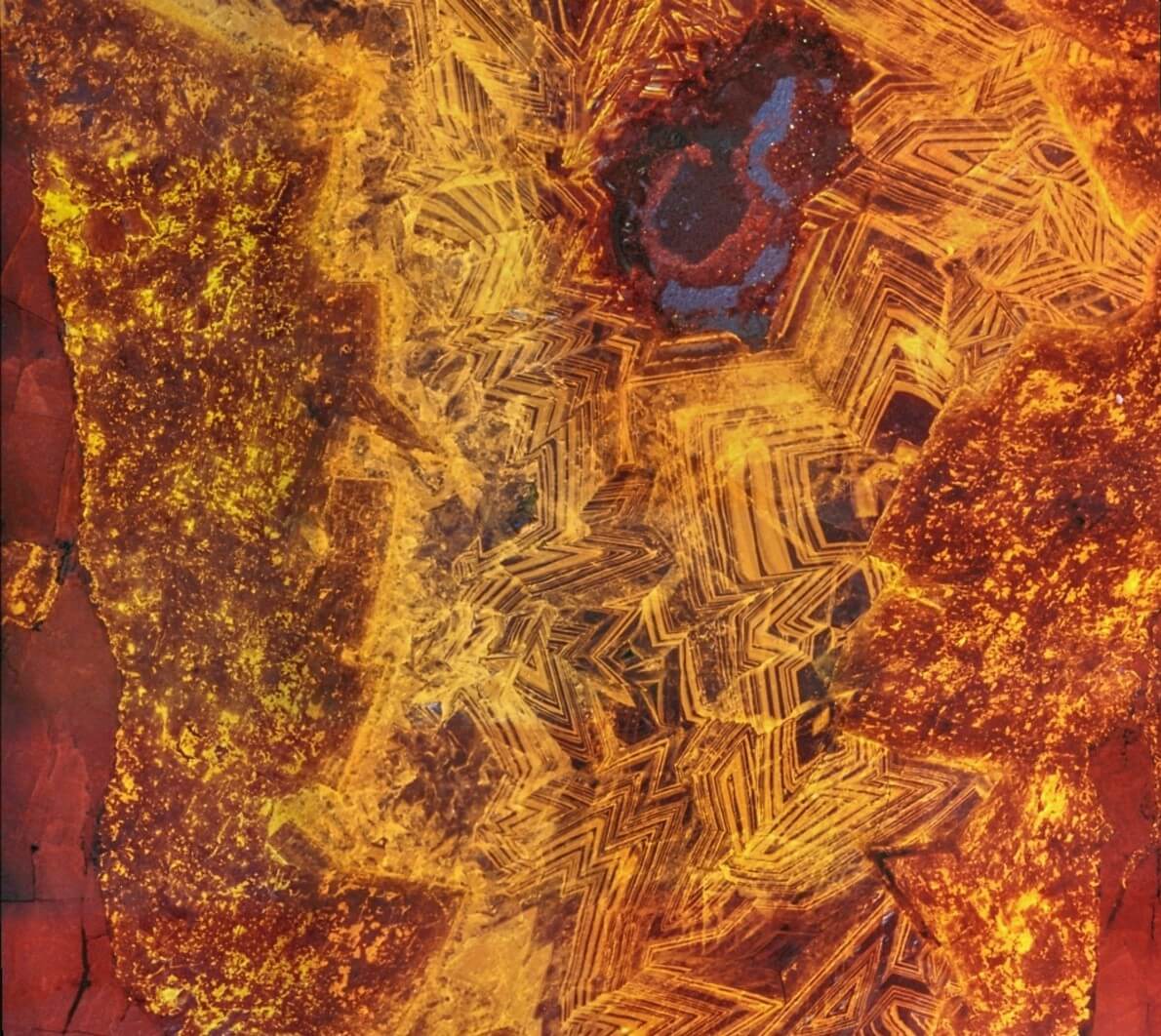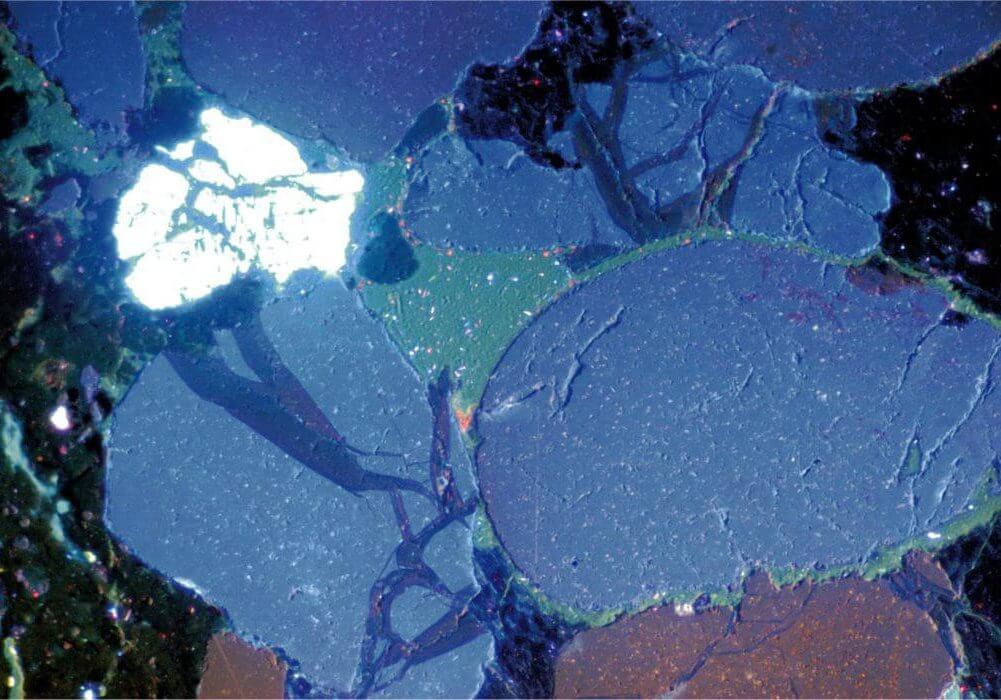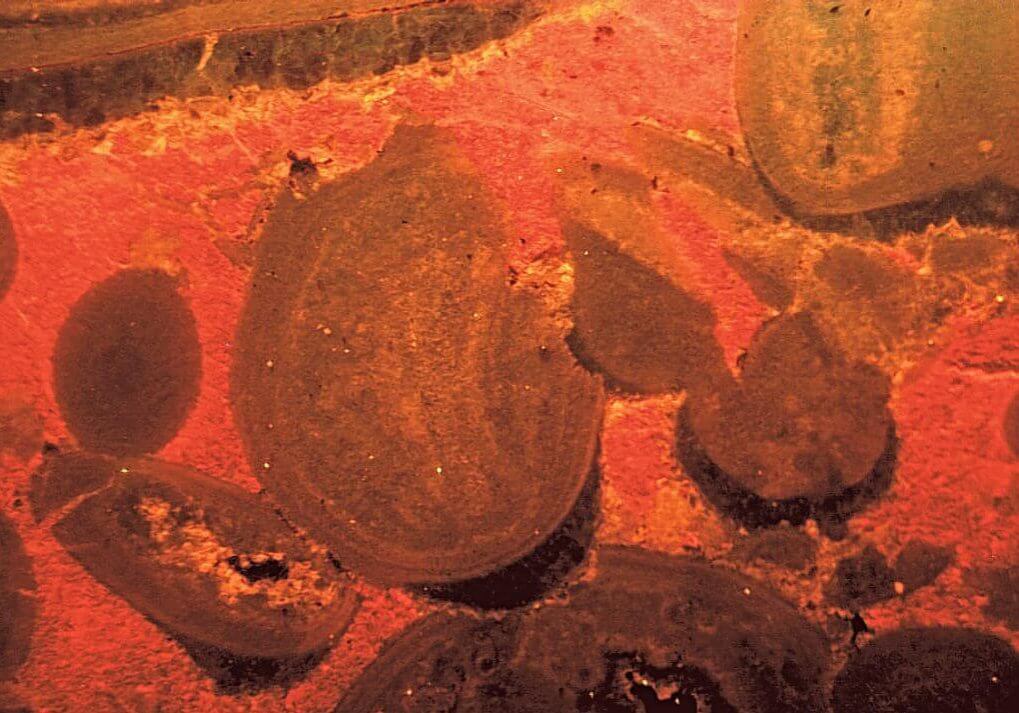Cathodoluminescence
Cathodoluminescence
Cathodoluminescence (CL) analysis is a cheap yet powerful technique that has numerous practical applications in petroleum geology, and is particularly useful in diagenetic studies. It can:
-
help distinguish between detrital grains and overgrowth cements and thus aid understanding and quantification of compaction
-
reveal detailed growth history of pore-filling cements
-
reveal ghost fabrics within otherwise featureless crystalline carbonates
-
provide a first-pass indication of the presence of meteoric calcite cements
-
provide indications of the frequency of pore fluid salinity changes (e.g. fault valving) and document episodes of dissolution
-
be useful in siliciclastic provenance studies e.g. quartz from most igneous sources luminesces in shades of blue-violet whereas quartz derived from low-grade metamorphic rocks typically displays dull reddish-brown luminescence
-
aid the discrimination and quantification of fine-grained heavy minerals e.g. apatite commonly displays bright yellow luminescence, and is significantly easier to identify in CL than in transmitted light
Oolithica has two in-house Technosyn cold cathode luminescence systems. Images are captured using a state-of-the-art camera system that allows acquisition of full-field images under extreme low low-light conditions.
CL image of a large vuggy pore lined by dull-luminescent saddle dolomite cements of burial origin. These are overlain by finely growth-zoned calcite cements that represent inversion-related seismic valving along a nearby basin-bounding fault system. Lower Carboniferous of southern Derbyshire. Field of view 14.2mm.
Hover over the image with your mouse to see this same field of view in transmitted light. Note that the growth zonation is only evident in CL.
In this example CL imaging has revealed compaction-related grain interpenetration and grain breakage. The microfractured grains are healed by late-stage dark blue luminescent cements. These late-stage cements could not be readily distinguished from the host grain in routine petrographic observation, and the evidence for strong compaction could thus have been overlooked in the absence of CL.
CL image of an ooid grainstone with non-luminescent microstalactitic 'dripstone' cements developed only on the underside of the ooids, These early cements are diagnostic of diagenesis in the vadose zone (i.e. above the permanent water-table) and are commonly found beneath exposure-related sequence boundaries, as in this example. Note that these cements could not be distinguished in routine transmitted light observation, and the evidence for palaeo-exposure could therefore have gone un-noticed in the absence of CL.




